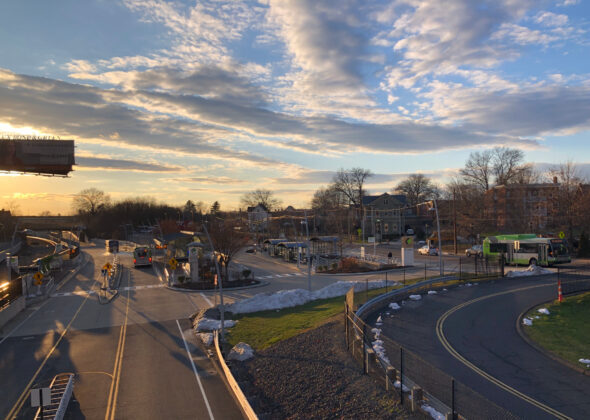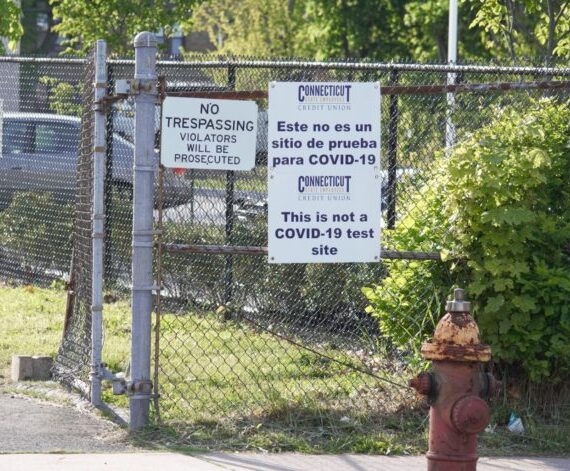“climate plans and policy proposals cannot just be about renewable-energy technologies and electric cars or government subsidies and taxes; they need to be about people.”
–Maggie Thomas, “The Politics of Policy,” from All We Can Save
The most recent episode of The War on Cars podcast illustrates this so well. It’s not that a gadget is inherently silly or wasteful, but that too often we gravitate to them because of their novelty and the status they confer.
We have trouble determining when a development is a trendy gesture devoid of utility, and when it actually is useful. The CTfastrak, for example, has as many haters as the long gone Whalers have diehard fans eager for their resuscitation. One of the gripes, always coming from people who are not bus riders, is that bus rapid transit is a waste of money and nobody rides it and it attracts rogues and it’s dumb because it prevents the possibility of some fantastical high speed rail wet dream of theirs from coming to fruition despite the fact that they are not regular train passengers now and I could keep going, but I won’t.
CTfastrak riders can vouch for the fact that the busway receives ample use — it connects a mid-sized city to a small city; it operates early, late, and every day; it runs buses frequently except for Sundays when service plummets from “great” to “acceptable”; and, because most of the CTfastrak buses follow the busway, they cruise. These aren’t frustrating buses that poke along because they stop every single block. Back door boarding is allowed at most stops, speeding things up.
The people-centered design is apparent elsewhere, too. Stations have lots of seating and trash cans, and are cleaned regularly. There are shelters so you aren’t standing in the rain. These shelters have heaters; not enough to feel curled-up-by-the-fireplace cozy, but enough to help keep frostbite from setting in while you wait. There are bus system maps along with a map of the area around the station. You can find information about connecting buses. An electronic board lists the next arriving buses and wait times; by pressing a button, you can have this information relayed by audio.
The walking spaces between platform and rest of station have boldly marked crosswalks with pedestrian crossing beacon signs. There are stairs and ramps. The areas are monitored by camera and there are emergency call boxes people can use if they run into trouble. There are ticket machines. Snow and ice are managed appropriately.
Indoor plumbing is the only thing the stations don’t have.
CTfastrak fills a need and sets a higher standard for public transportation in Connecticut.
It doesn’t matter if the system does not resonate with the haters who will never use it anyway.
The people who are already using the bus and this busway are invisible to these trolls . . . much the same way that e-mobility has rocketed ahead in NYC, as described on the podcast. Go listen, rethink what you think you know, and take a ride on the CTfastrak.
Climate Possibilities is a series about climate mitigation, along with resilience, resistance, and restoration. It’s about human habitat preservation. It’s about loving nature and planet Earth, and demanding the kind of change that gives future generations the opportunity for vibrant lives. Doomers will be eaten alive, figuratively. All photographs are taken in Hartford, Connecticut unless stated otherwise.

